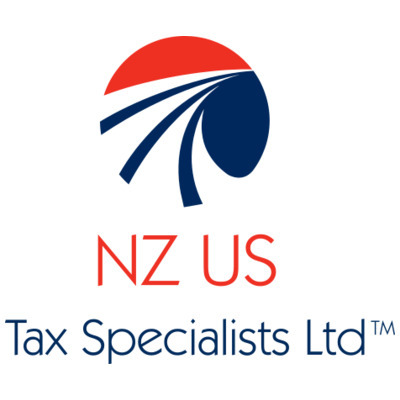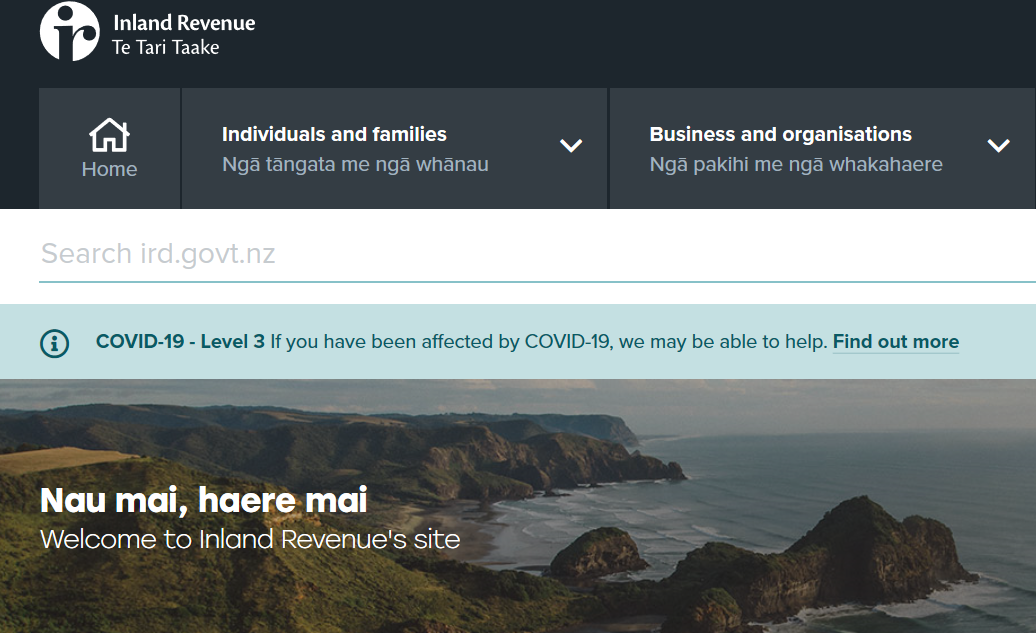The act provides:
- Arrangements for carrying back net tax losses to provide cash flow quickly to any and all taxpayers with or expecting tax losses due to COVID-19.
A first in the history of New Zealand taxation, the government has introduced carry-back rules called the Loss Carry-back Scheme. This scheme now enables any taxpayer (companies, trusts, individuals, limited partnerships and Look Through Companies) that are expecting to make a loss for the year ended 31 March 2020 or 31 March 2021 to carry back that loss to the immediately preceding year[1].
This will enable taxpayers to a) reduce tax liability for the year to which the tax loss is carried back, and b) obtain a refund of previous tax paid (if any).
This can be achieved either by filing an income tax return for the year ended 31 March 2020 with the loss in it, or by requesting a refund of any provisional tax paid for 31 March 2020 on the anticipation of making a loss.
The loss-making tax return is not required to be filed before Inland Revenue will generate a refund of tax.
To take avail of these new provisions an election to participate in this scheme is required to be made under the ‘I want to’ section of MyIR[2].
Provisional tax can be re-estimated at any time before the return is due or filed, whichever is earlier, and this can be re-estimated as many times as is seen as being necessary.
Prior years’ income tax returns in which shareholder salaries were paid out to shareholder employees may not be amended to take advantage of a loss carry-back. Similarly, prior year income tax returns in which subvention payments were made also cannot be amended to take advantage of a loss carry-back.
Existing provisions affecting shareholder-employees who have paid provisional tax for the year ended 31 March 2020, anticipating shareholder salary to be paid out of company of which they are a shareholder may estimate or re-estimate their provisional tax for that year to account for any loss carry-back under these temporary provisions.
These new measures are temporary, however, there are plans to for the Government to make the ability to carry back a loss permanent under tighter provisions[3].
- Temporary new measures now enable the Commissioner of Inland Revenue flexibility to change due dates, deadlines, time periods or timeframes, and the ability to change a procedural or administrative requirement.
In addition, the Commissioner will be allowed to modify a procedural or administrative requirement such as the nature or form of information that is required to meet a provision.
The initial period of applicability for this new measure is the 18-month period between 17 March 2020 and 30 September 2021, extendable by the Order in Council.
[1] Provided the preceding year made a taxable profit.
[2] Inland Revenue’s taxpayer portal is the MYIR portal.
[3] Tighter provisions will include the requirement for a loss to crystallise before it can be carried back, ie, an income tax return showing a loss will be required to be filed.
On 30 April 2020
the second major round of COVID-19-related tax relief was expedited through
Parliament.
The COVID-19 Response (Taxation and Other Regulatory Urgent Measures) Bill passed through all readings on 30 April 2020. It is referred to as the ‘Second COVID tax act’.

















